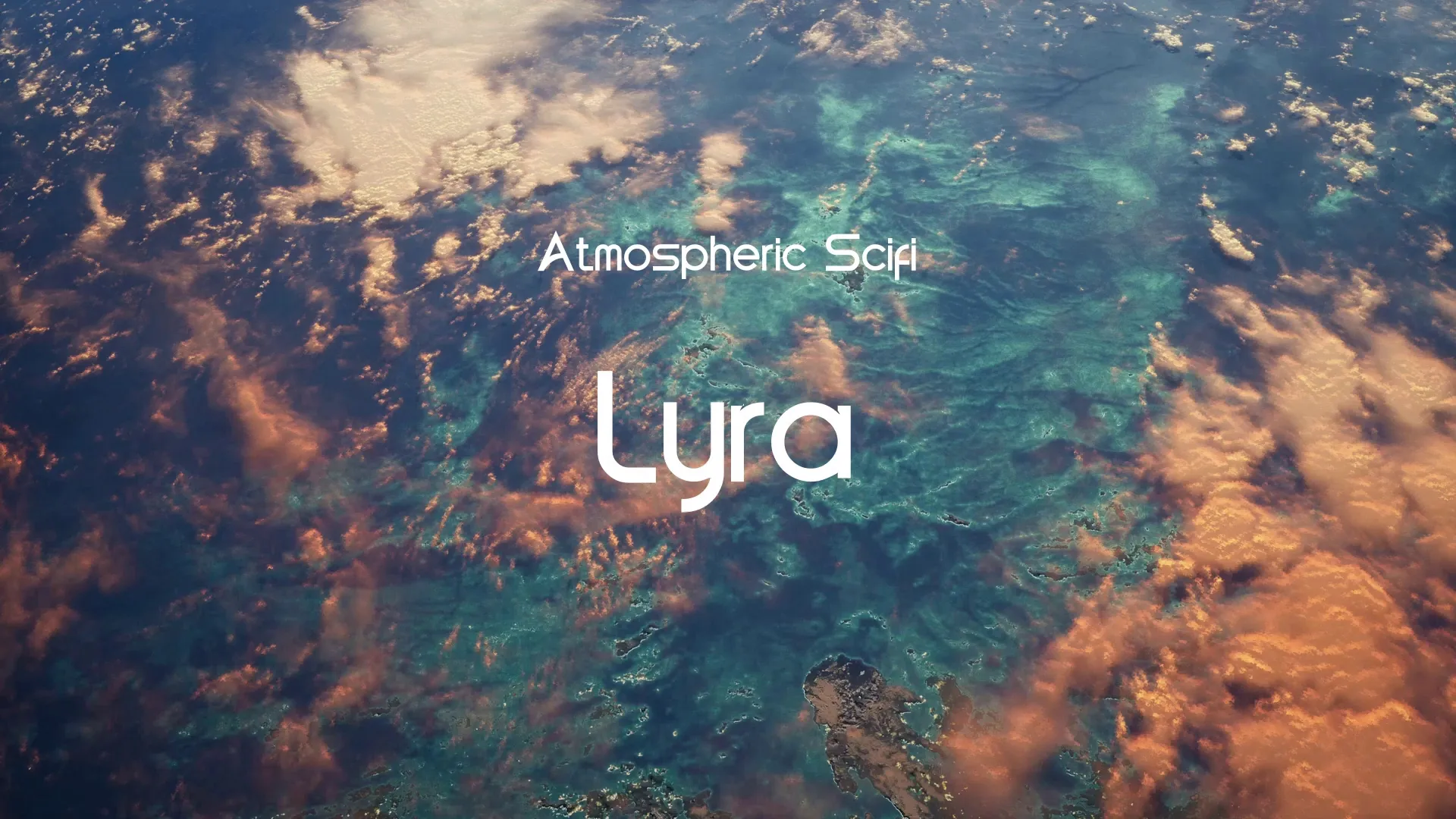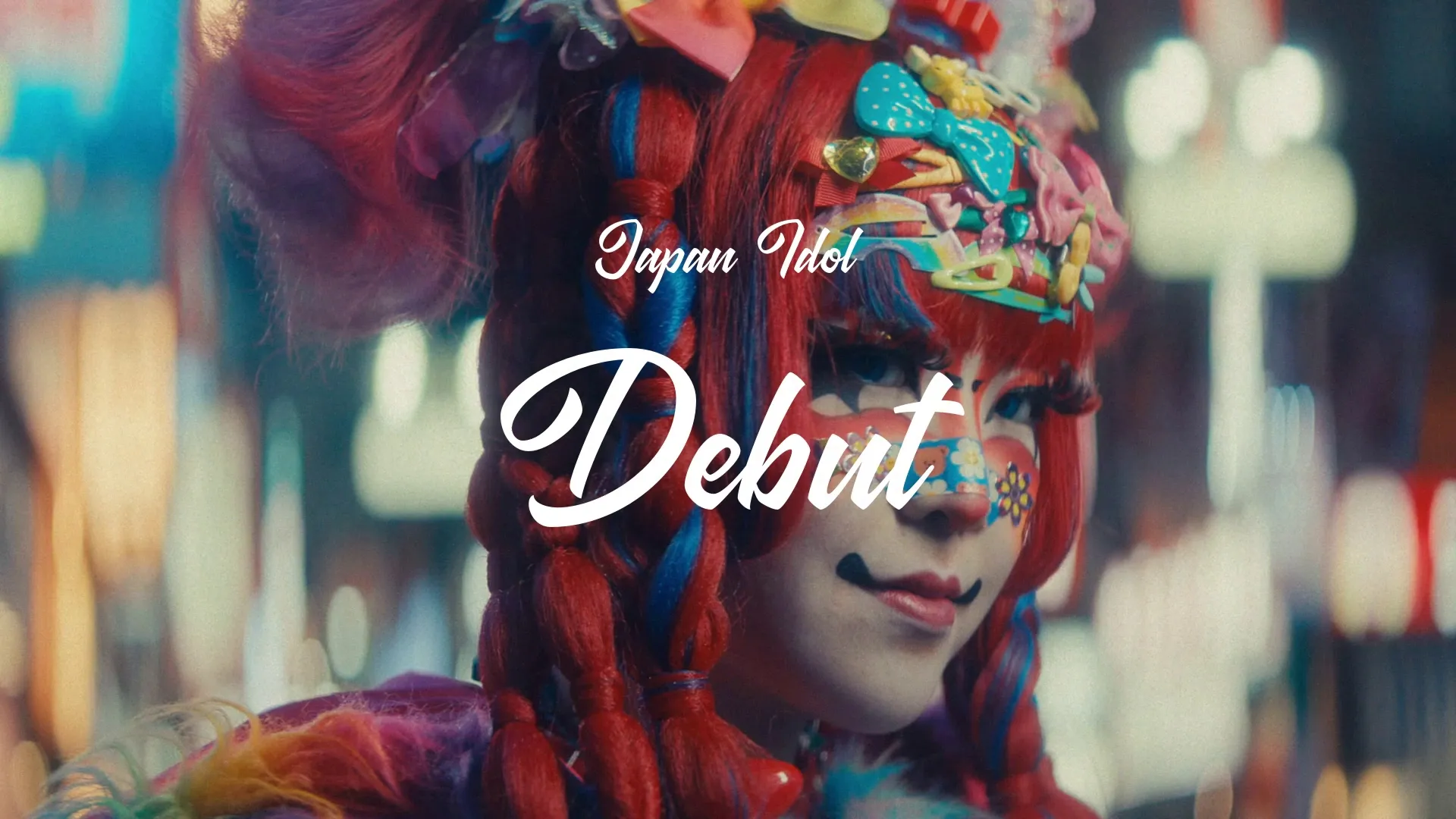Leveraging AI & Royalty-Free Assets: A Developer's Guide to Efficient Game Content Creation
Leveraging AI & Royalty-Free Assets: A Developer’s Guide to Efficient Game Content Creation
Game development demands constant content creation, from initial concepts to final polish. Efficient asset sourcing is crucial for indie developers to meet deadlines and maintain momentum.
Combining royalty-free assets with AI generation offers a powerful strategy for rapid and high-quality game content creation.
The Dual Power of Royalty-Free and AI Assets
Royalty-free assets provide immediate, production-ready resources without ongoing costs or complex licensing negotiations. They are a cornerstone for rapid prototyping and filling gaps in your asset library.
AI asset creation tools, on the other hand, excel at generating unique concepts and iterative designs quickly. They can produce quick game concept art AI for visual exploration and mood boards.
Integrating both approaches allows developers to optimize their workflow, saving time and resources.
Mastering Royalty-Free Asset Sourcing
Finding Quality Royalty-Free Assets
Identifying high-quality royalty-free assets requires careful evaluation. Prioritize platforms that offer curated collections and clear licensing terms.
Look for assets that align with your game’s art style and technical specifications. Many platforms provide detailed previews and user reviews to aid your selection.
For a wide range of vetted assets, explore platforms like Wayline’s Strafekit, which offers 2D assets, 3D models, audio, and textures.
Best Royalty-Free 3D Models for Game Development
When searching for 3D models, focus on poly count, texture resolution, and animation compatibility. Ensure the models are optimized for real-time rendering.
Check for clean topology and proper UV mapping to avoid issues during integration. Some models may require minor adjustments, like flipping normals, a common task discussed in articles like Blender: How to Flip Normals.
Platforms often categorize models by style or theme, making it easier to find assets that fit your game’s aesthetic.
Royalty-Free 2D Art for Games
For 2D art, consider sprites, tilemaps, UI elements, and character designs. Consistency in art style is paramount for a cohesive visual experience.
Verify that the resolution is appropriate for your target platforms. Scalable vector graphics (SVG) can be particularly useful for UI elements.
Create a free account, or log in.
Gain access to free articles, game development tools, and game assets.


















.webp)




